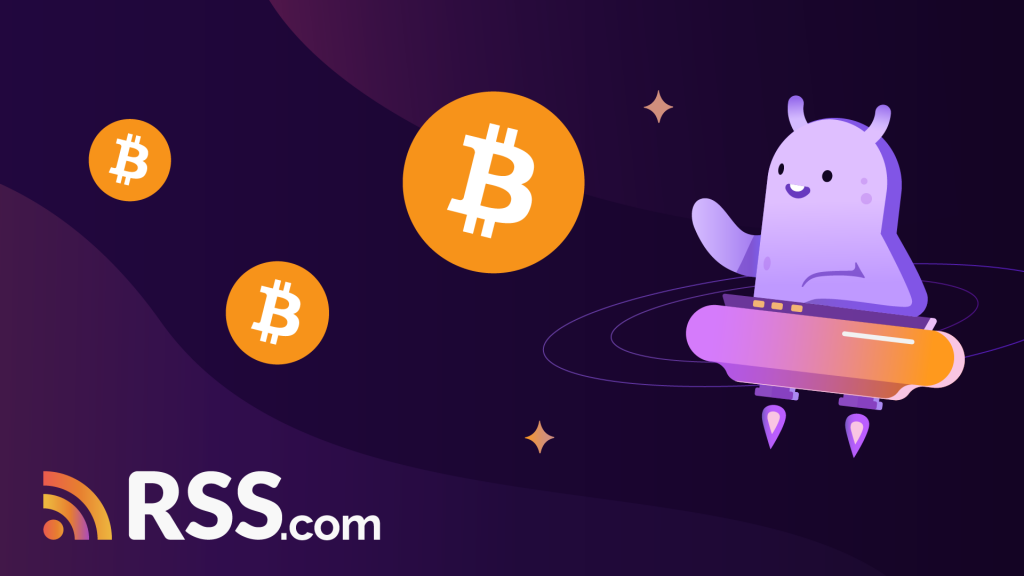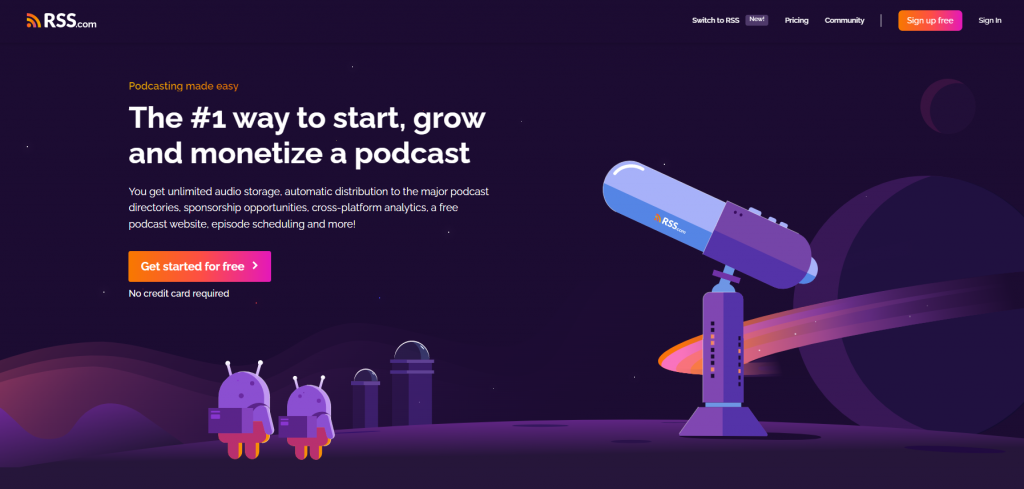“Podcasting has crossed an amazing new milestone!”
If you’re in podcasting, whether as creator or enabler, you’ve probably lost count of how many times you’ve heard that phrase or some variation of it. And it’s true. Over the last few years, especially during the locked down months of the pandemic, the milestones have been coming so thick and fast that they’ve begun to blur together. Crossing milestones seems to be the default state of the industry.
But not all milestones are created equal. Some stand out. Some milestones are the stuff of history.
The value4value (v4v) is that kind of milestone.
If you’ve been paying attention you already know what v4v is, and it’s already part of your podcast payment system.
This blog post is to clue in those who don’t know.
Audiences Want to Support Creators
The human impulse behind value4value is easy to understand. People have been tossing loose change into hats and bowls for just about as long as artists and performers have performed on the street. The impulse to return some kind of value to someone whose freely offered work, talent or service was valuable to you seems to be an almost universal cultural staple.
When the domain of art and culture expanded to the internet, it bestowed online consumers with the same impulse.
But while tossing coins into hats is a relatively simple act by appreciative audiences in real life, historically speaking, it’s been a bit harder for audiences to show you that appreciation on the internet.
The Evolution of Online Donations
A brief history lesson: did you know that attempts to establish microtransactions started almost as soon as the internet itself began?
Organizations like the World Wide Web Consortium, and companies like IBM and Compaq have been trying to establish micro payments since the 1990s. Even back then, folks had thought of micropayments to be just that: micro, with transaction sizes ranging from a fraction of a cent to a few cents in size. A lot of work went int trying to make it happen.
But the fundamental problem was hard to overcome: transaction fees were too dang high.
So, the internet compromised and increased transaction sizes for micropayments to apply to ranges between $5 to $15. Within that framework, we saw the rise of donation giants like PayPal, and subscription behemoths like Patreon.
Over the next decade, individual companies began to integrate payment options into their content platforms: Twitter tips, Kickstarter campaigns, fundraiser options on Instagram reels, SuperChats on YouTube, Buy Me a Coffee requests, to name but a few.
However, thanks to the unique way podcasting as an industry has evolved, establishing simple audience support for podcast creators has been a trickier endeavor. decentralized origins, this has been harder to implement in our industry.
Podcasting Micropayment Problems: Some of the Issues That’ve Emerged
An accidental centralization: podcasts technically don’t need to be centralized to any one platform, and yet just about everyone uses Apple’s directory to find new podcasts. Why? Simple first mover advantage; Apple began to build their directory back in 2005. This has effectively given Apple the power to deplatform creators they don’t like.
Transaction fees: there’s some understandable bristling at the realization that the transaction free applied on your microdonation could possibly be larger than the donation itself. Depending on how “micro” your donation is, the fee could in fact be several orders of magnitude larger.
Lack of technical savvy: without a simple and easy method to—
- Help creators host a microdonation option on their website
- Help audiences navigate microdonation channel—a lot of creators are missing out enabling their audiences to act on their impulse to return value for the value they received.

The Three Legs of the Podcasting v4v Tool: Cryptocurrency, Digital Wallets, and Podcasting 2.0
Podcasting had unknowingly been waiting for the evolution of other paradigms of internet culture to make microdonations possible. And it hasn’t been until very, very recently that these concurrent evolutions began to synergize.
Bitcoin
“Sats” (short for Satoshis) are a 100 millionth of one bitcoin. Imagine, that for every minute someone spent listening to a creator’s content, the creator received one “sat”. Multiply those minutes over an entire audience, and then multiply that over all the episodes of a given podcast. It can really add up.
Digital Wallets
This tackles and just about nerfs the high transaction fee problem. The only times a member of a podcast’s audience would have to pay a transaction fee would be when bulk transferring currency from their bank account to their digital wallet. And that would have worked just fine, except now it looks like the Bitcoin environment has outdone itself and introduced The Lightning Network (LN), a new payment protocol that allows for transaction fees that are smaller even than a sat. Even better, instead of creating a transaction every minute, you get to receive transactions in batches.
Podcasting 2.0
Launched in 2020 to make sure that centralized indexing silos like Apple or Spotify don’t have wholesale control of free speech in podcasting, it consists of the “namespace” and the “index.” To be non-technical about it, it’s a tagging system that any podcast app can use to find any podcast, any creator. Over the course of the last year, more and more creators have begun to adopt these tags.
When you combined the above ideas … you get Value4Value in podcasting. Now podcasters can earn Bitcoin from their shows. There ya have it!

And finally, the RSS.com approach to Value4Value
So, how do we fit into all of this?
To democratize micropayments or microdonations in podcasting, RSS parterned with Alby, an open-source value for transaction processor built on the Lightning Network. If you have a Bitcoin Lightning Wallet, you can connect it to Alby, and if you don’t Alby will help you set it up!
In case the advantages of Value4Value for you as a podcaster aren’t clear, you:
- No longer need technical expertise to set up payments
- Can capitalize on your audience’s impulse/desire to donate
- Can receive scheduled payments directly from your listeners on a per-minute or per-boost basis
- Can have your listeners attach messages to your donations
- Have the ability to automatically divvy up your donation to the wallets of those who contributed to your podcast
- Just never deal with transaction fees again
- Your audience doesn’t have to sign for yet another subscription
- Over time, slowly, just maybe, cease to rely on Apple and Spotify
Wow. We made it. That’s what value4value’s all about!
It’s what you get when totally disparate tech paradigms come together seamlessly to solve a previously unsolvable use case. And it’s beautiful that podcasting is finally getting a moment like that, and RSS.com is hyped to be here for it.




